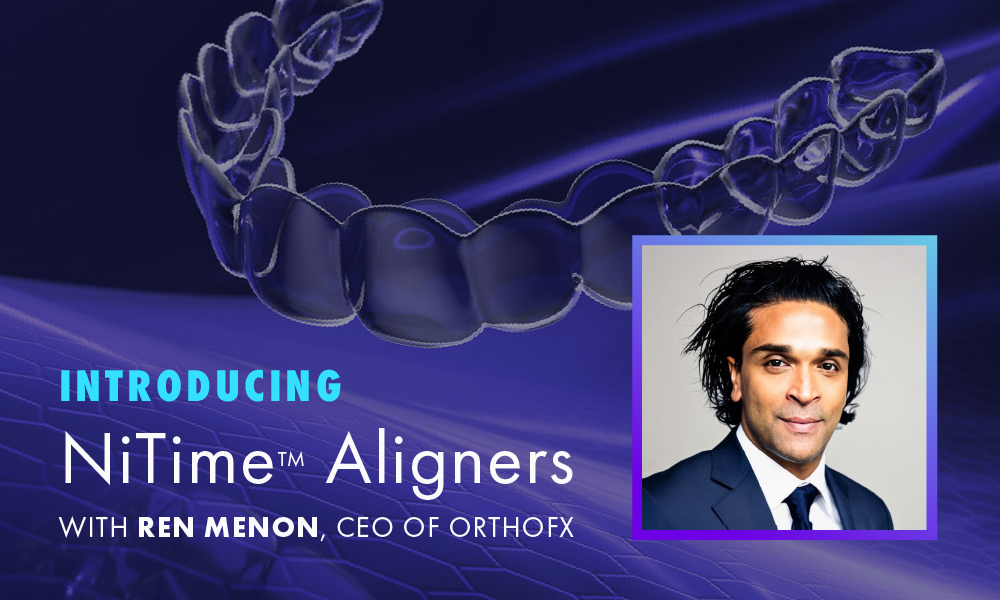Technological Advancements in Veterinary Medicine. Veterinary services are undergoing a technological revolution that not only parallels but in some cases leads innovations in human healthcare. This transformation is most evident in the adoption of cutting-edge technologies such as advanced imaging and minimally invasive surgical procedures. Among these advancements, conversational AI emerges as a game-changer, poised to revolutionize veterinary practices further. This blog post will delve into how these technologies are reshaping veterinary care, improving diagnostics, treatment processes, and overall patient management.
Technological Integration in Veterinary Services:
The field of veterinary medicine has embraced state-of-the-art technologies that have substantially improved diagnostic accuracy and broadened the spectrum of conditions that can be effectively treated. Advanced imaging techniques like Magnetic Resonance Imaging (MRI) and 3D imaging are pivotal examples. MRI, for instance, allows veterinarians to obtain detailed images of an animal’s internal structures, crucial for diagnosing complex neurological and orthopedic conditions without resorting to invasive methods.
Moreover, the advent of robotic surgery in veterinary clinics provides unparalleled precision during procedures, which minimizes recovery time and lowers infection risks. These technological strides not only enhance the quality of medical care provided but also significantly improve the overall experiences for pets and their owners, ensuring quicker recoveries and less stress.
Role of Conversational AI in Veterinary Medicine
Customer Interaction and Service:
AI-driven chatbots represent a significant enhancement in customer service within veterinary clinics. These tools manage appointments, field common queries about pet care, and relay updates on pets’ health status post-surgery, facilitating better communication between clinics and pet owners.
Preliminary Diagnostics Support:
Conversational AI can also play a crucial role in preliminary diagnostics. By analyzing the natural language descriptions of symptoms provided by pet owners, AI can help prioritize urgent cases and suggest initial diagnoses, effectively triaging patient needs.
Record Management and Data Entry:
The integration of AI extends to administrative tasks as well. Through voice-to-text capabilities, veterinarians can dictate consultation and procedural notes that AI systems organize and store, reducing time spent on paperwork and allowing more time for patient care with Technological Advancements in Veterinary Medicine.
Educational Tool for Pet Owners:
AI tools also serve as educational resources, offering customized advice and care instructions based on individual pets’ health records and past interactions. This ensures that pet owners are well-informed about maintaining their pets’ health and wellness.
Technological Advancements in Veterinary Medicine Feedback and Follow-up:
Post-treatment, AI tools can automate follow-ups, checking in on pets’ recovery, gathering feedback on services, and reminding owners of upcoming appointments or necessary treatments.
The incorporation of advanced technologies, particularly conversational AI, is set to further elevate the standards of veterinary medicine. By alleviating the load of routine tasks and enhancing diagnostic processes, these technologies enable veterinarians to dedicate more time to direct care and complex cases, thereby not only optimizing operational efficiency but also significantly boosting the satisfaction of pet owners and the health of their pets.














 A few minutes can change everything.
A few minutes can change everything.
 Build Your Million-Dollar DSO Playbook
Build Your Million-Dollar DSO Playbook Seats are limited to 150 and they’re filling fast!
Seats are limited to 150 and they’re filling fast!